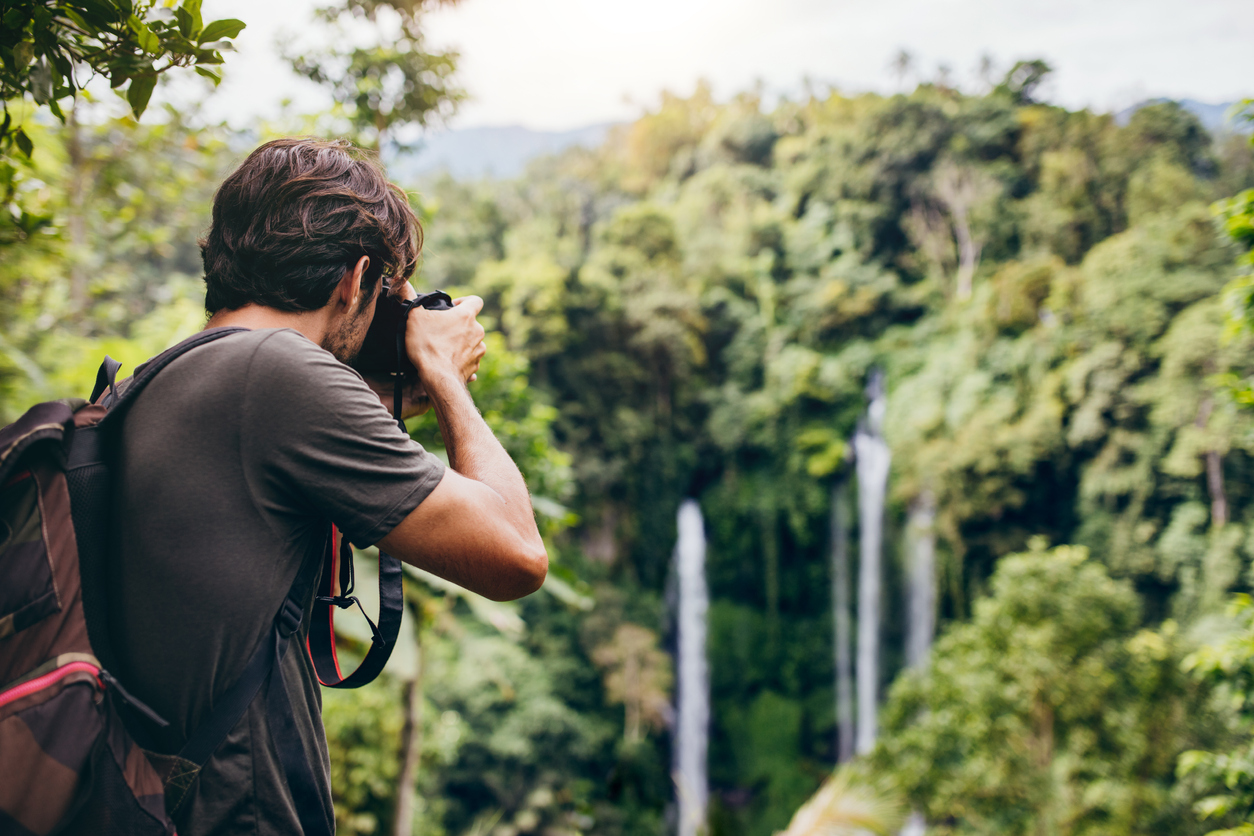Hey Wotif Insiders! My name’s Mark and I’m a wedding photographer. I also run a geeky photography blog called Shotkit. My days are spent taking pretty photos of brides and grooms, or reviewing the latest camera gear.
Now, I know you’ve probably got the latest fancy smartphone with nine lenses and the ability to make the background go all blurry, but I’m here to tell you that it’s not as good as a ‘real’ camera!
This is especially important when you’re on holiday – the exact place where you should be capturing all those magical moments with something that’s not used to make phone calls or update your Tinder profile…
So to help you on your quest for a great camera for your next adventure, here are my top six tips:
1. Be realistic with your budget
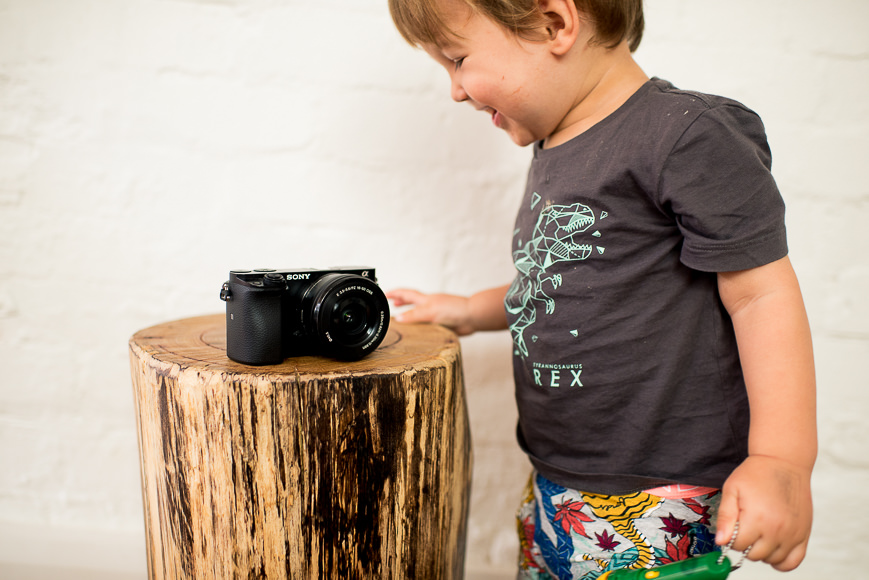
After reviewing the best compact cameras earlier this year, I came to a rather unprofound conclusion – you need to spend a decent amount to get something decent!
What I mean by this is: there are plenty of cheap cameras available, but for the most part, they ain’t great 😞
I hate to break this to you, but if your budget can’t extend past $400, you may as well stick to your trusty iCamera.
Around the $500-$800 mark seems to be a nice sweet spot for cameras which offer great bang for your buck, so prepare to dig a little deeper this time…
My recommendation for a great value camera in this price range is the Sony a6000. It’s a few years old now, but it’s still the best-selling mirrorless camera ever for good reason. I wrote an in-depth review on it here if you want to learn more.
If you’ve got a little more cashola to play around with, by all means, start exploring more ‘APS-C’ sensor cameras – there are great options by all the major brands, but my recommendation would be to stick to mirrorless cameras by Sony or Fujifilm.
What’s a mirrorless camera? Glad you asked…
2. DSLRs are the dinosaurs of the camera world
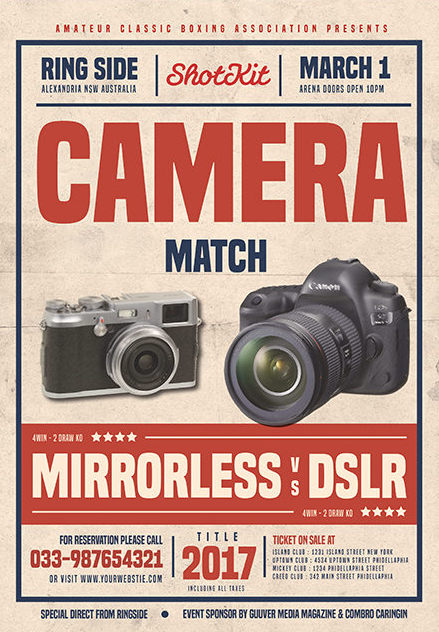
Despite camera companies pumping out new DSLRs like dinosaurs aren’t already extinct, my recommendation is to stick with the mirrorless format when choosing a camera for your next trip.
What is a mirrorless camera? Prepare to be wowed by my camera knowledge here. A mirrorless camera is… a camera without a mirror! Write that one down for your next pub quiz and thank me later.
You don’t need to know what a mirror is used for in a camera, nor why the absence of one is a good thing, but just remember this – mirrorless cameras are the future, Marty!
Above all else, mirrorless cameras allow you to see how the light in your photo will look before you take it, making it much simpler to take a picture of your family that doesn’t look like they’ve just emerged from a coal mine.
They’re also smaller than DSLRs, as are their lenses. You can usually charge them using a USB cable too, meaning you can top up the battery power using those handy portable smartphone power banks – perfect for day trips.
Don’t get me wrong – you can still take a great photo with a DSLR, but a mirrorless camera just makes everything that little bit easier.
3. Easy on the accessories, cowboy
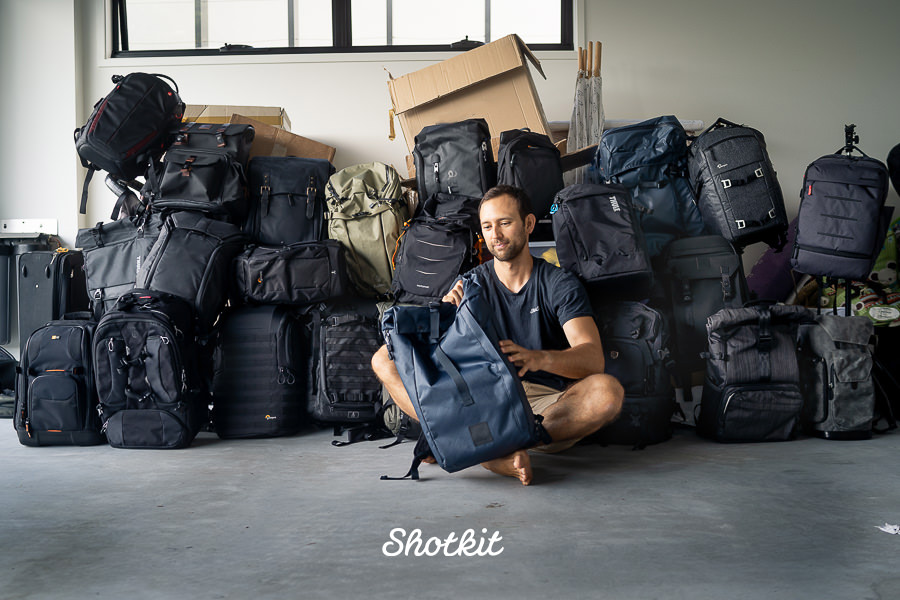
Next time you buy a camera from a store, I’ve got a challenge for you: see if you can leave without having also bought a lens cloth, travel tripod, filters, camera bag, novelty lens mug, and everything else the store clerk assures you is essential for your new camera!
Truth be told, you actually need very little to take a good photo. As long as you have a camera with a lens attached, a charged battery and some space on your memory card, you’re good to go.
I like to keep it pretty minimal on the gear front even when I’m shooting professionally, just so it frees up my mind to concentrate on getting creative with the actual photos, rather than constantly umm-ing and ahh-ing about gear selection.
Having less camera gear is also adviseable when travelling with kids, where things need to be kept super-simple for your own sanity.
On Shotkit, I review all the latest gadgets for photographers, but I’ll be the first to admit that most photography accessory collections are the result of embarrassing cases of G.A.S (Gear Acquisition Syndrome – it’s a thing! Google it!).
When shopping for your next camera for travel, keep it simple – use your budget to get the best camera you can afford, and if it doesn’t come with one, spend the rest of your cash on a lens.
Speaking of which…
4. To lens or not to lens?
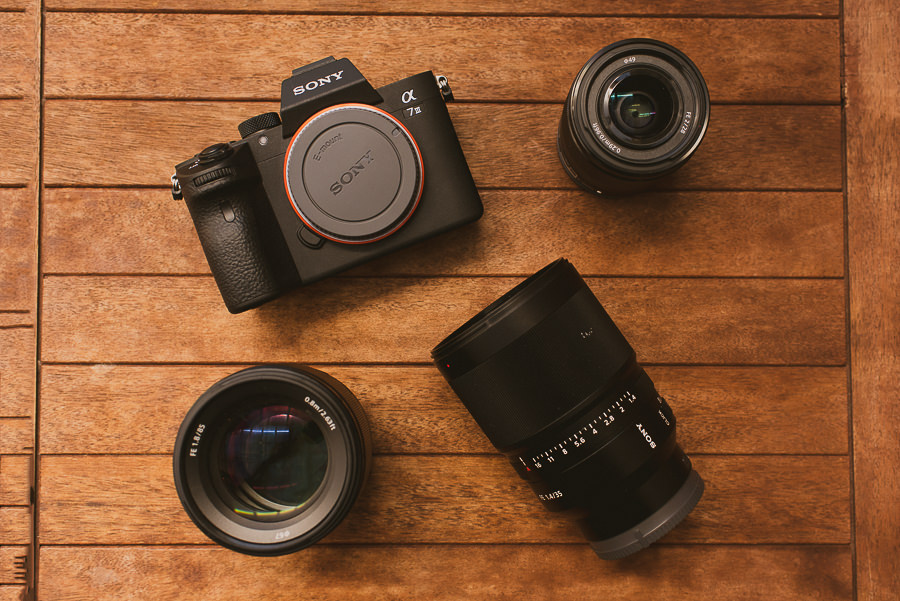
Some compact cameras (or point-and-shoot cameras) have fixed lenses. These are usually zoom lenses (for maximum versatility), but occasionally you come across fixed focal length ‘prime lenses’.
Then you have interchangeable lens cameras (ILCs). There are pros and cons of each, and personally, I own both, but in this instance, I’m going to recommend two options.
The first is a compact camera with a zoom lens, such as the Sony RX100 series. These are small enough to carry on every adventure, and pack in a wide range of focal lengths to ensure you don’t miss that monkey down there who’s trying to steal your wallet, nor the other one that’s up a tree with your wedding ring.
The second option is a mirrorless ILC, but here’s the important thing – no more than two lenses!
If you go with the aforementioned Sony a6000, there are plenty of great Sony lenses from which to choose from.
Ideally you’ll have one ‘fast’ prime lens (fast refers to the maximum aperture of the lens – learn more about aperture here), and one telephoto (zoom) lens.
Any more than two lenses and it’s overwhelming when travelling. You’ll likely miss the shot, or just get annoyed having to lug around lots of heavy stuff.
Ideally you’ll have the fast prime lens on your camera 90% of the time, then the other zoom lens in your partner’s backpack – partly as a stitch-up and partly so that you can take photos of far-away thieving monkeys.
5. Fast A.F.
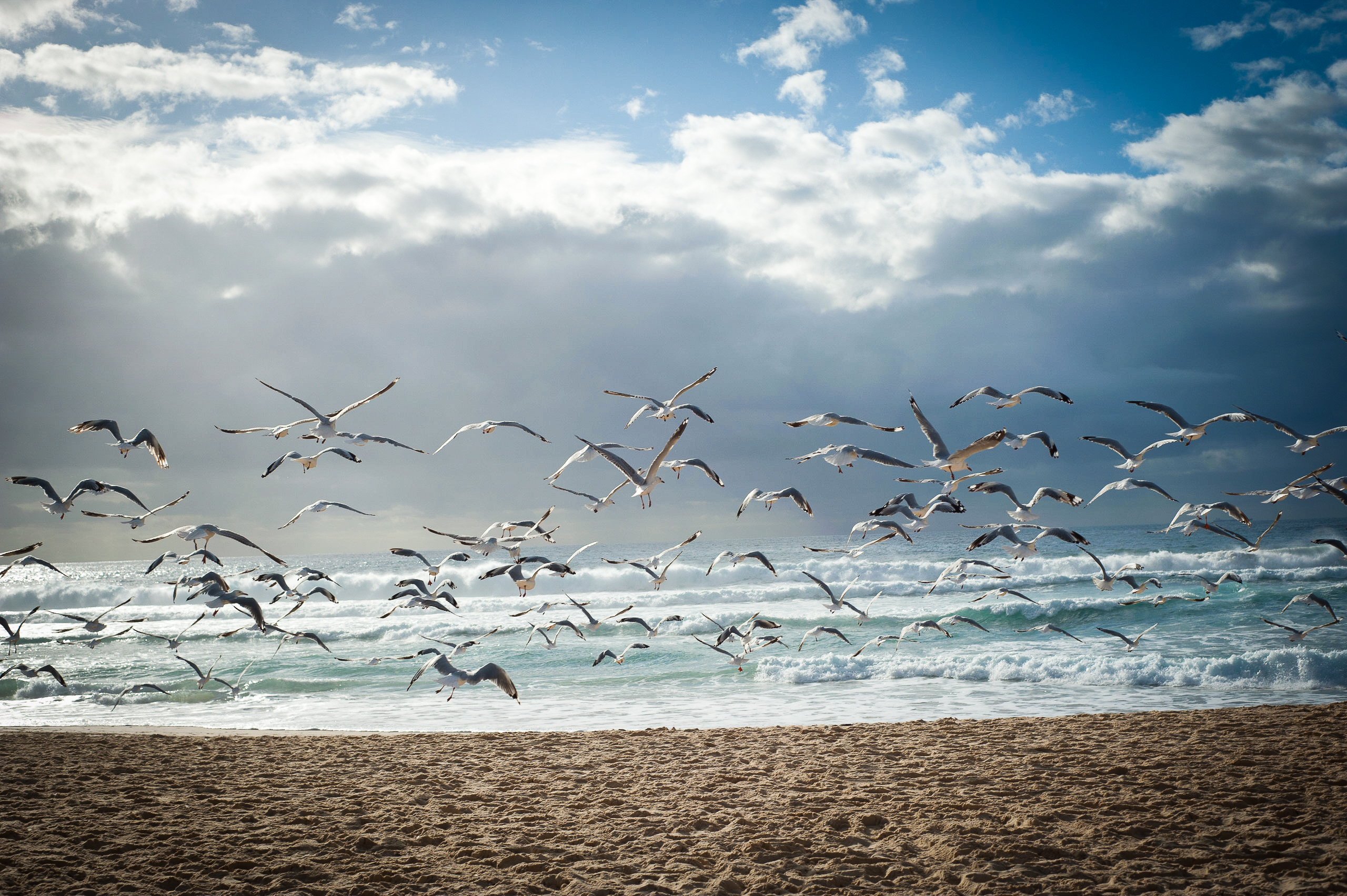
(That’s fast auto-focus, mate. This is a PG blog!!)
Cameras these days have plenty of bells and whistles, but the one thing I recommend you take note of when choosing a camera is the auto-focus speed – faster is always better.
Thankfully, mirrorless cameras usually come up trumps here, but it pays to do some research to find the real gems.
Having fast auto-focus is helpful in all photography situations, but particularly so when travelling.
Why? Well, things don’t stick around for long when you’re constantly moving through natural wonders and being able to grab a photo of something quickly keeps your journey flowing efficiently.
6. Get an Instagram-friendly camera
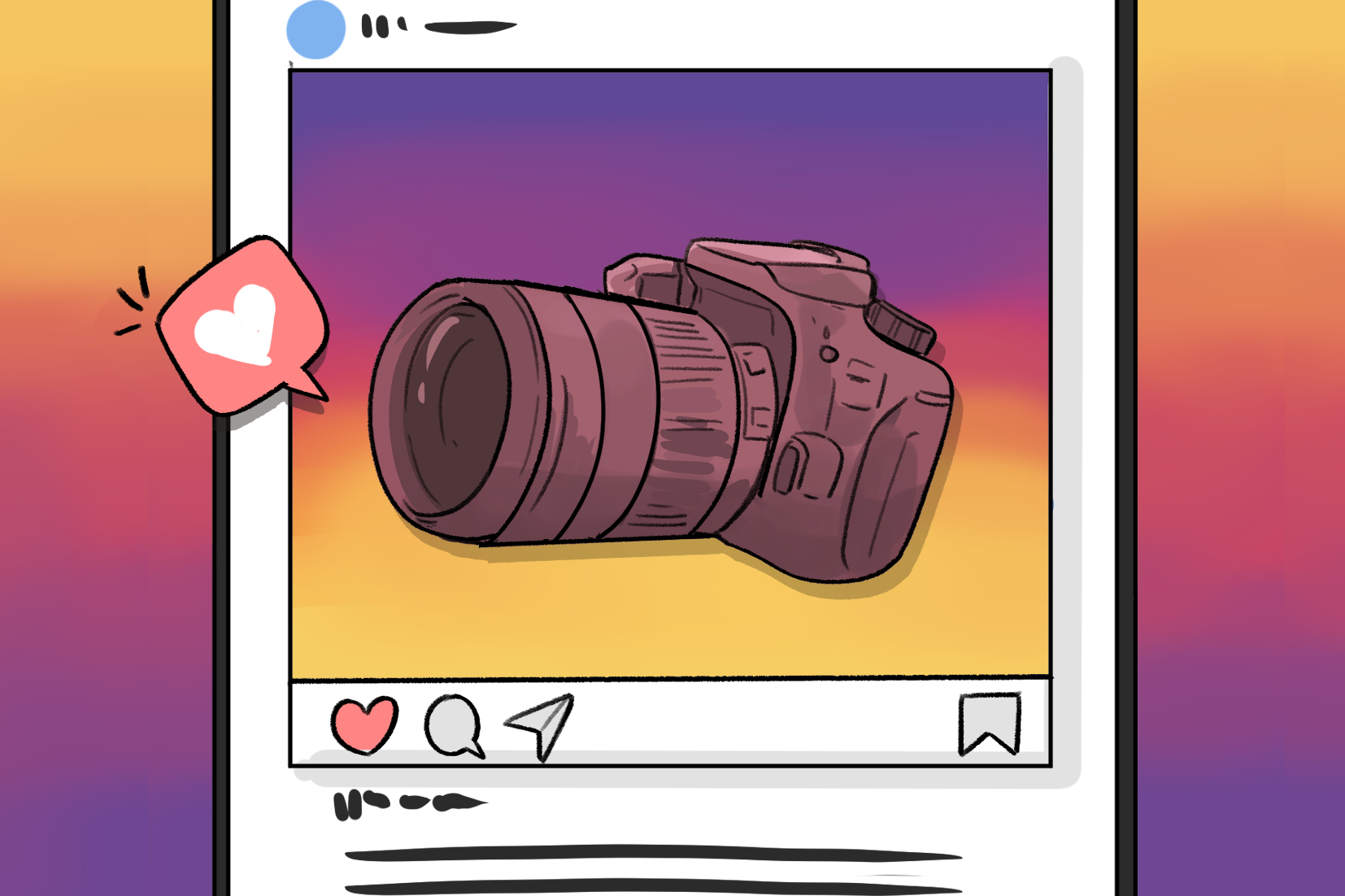
Let’s face it – half the fun of taking great pics while on holiday is sharing them with all your (real and pretend) friends on social media!
Who cares if your flight was delayed and you got lost on your way to the hotel? One Instagram filter later, and that photo of your legs on a sun lounge will have the hearts rolling in! #hotdoglegs
When shopping for a camera, try to find one with wi-fi, Bluetooth or NFC – basically any mysterious technology to magically get your pics off the camera and onto your phone without wires or cards.
You don’t want to worry about bringing a laptop when you’re travelling, let alone fiddling around with memory cards and dongles, so get a camera that can transfer your images wirelessly.
If you’ve got enough memory on your phone, transferring images also serves as a great way to back everything up – investing in an image editor like Lightroom will mean all your precious hotdog leg photos will be backed up to the cloud.
(What’s the cloud? Nobody understands the cloud!)
With all the free smartphone apps available to edit your images, touching up and sharing your freshly transferred images from your phone is also a nice way to spend some downtime on your trip – just don’t do it at the dinner table while sitting opposite your partner. A friend told me – it’s definitely not a good idea.
So, there you have it! Six things to keep in mind when spending some of your hard-earned cash on something to capture all your wonderful holiday memories.
If you feel like learning more about photography and camera gear, head on over to Shotkit… but be prepared for some serious G.A.S. Thanks for reading!
PLAN YOUR SNAP-WORTHY GETAWAY
